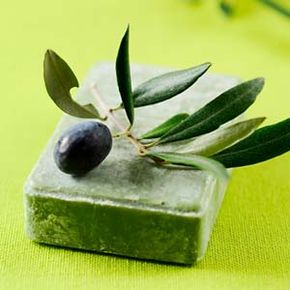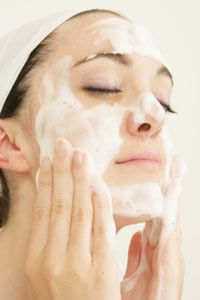If you've become curious about organic skin products because of the push toward going green in recent years, it might be time to take a closer look. With ingredients such as blueberry seeds and green tea, organic skin cleansers take you back to the basics.
The green movement has taken the 21st century by storm, and the words "organic" and "natural" can apply to everything from food and clothing to household cleaners and beauty products. In 2006, manufacturers produced 2,000 new personal care products that were marketed in stores as organic or natural [source: Birnbaum]. With so many products out there, if you're thinking of switching to an organic skin cleanser, it pays to do your homework first.
Advertisement
First, you should know that terms such as "green," "herbal," "natural," "botanical" and "eco-friendly" are thrown around in many different contexts. These words all might sound similar to the word "organic," but they have important differences. For example, if a product is labeled as eco-friendly, its manufacturer is claiming that the product and its production aren't harming the environment. Botanical products use plant-based ingredients, while herbal ingredients contain herbs. Natural products might include plant ingredients or minerals and be free of preservatives [source: Singer].
However, just because a product does not contain manufactured chemicals or is made with all-natural ingredients doesn't mean the product is organic. For a product to be labeled by the U.S. government as organic, it must mostly contain organic ingredients produced through some form of farming [source: USDA]. Other labels do not carry this same meaning.
When it comes to organic skin products, it's also important to know how they are made. Even though products may get federal approval as being organic, they may still be labeled as different variants of organic, depending on what their ingredients are. Read on to learn how to tell the difference.
Advertisement


